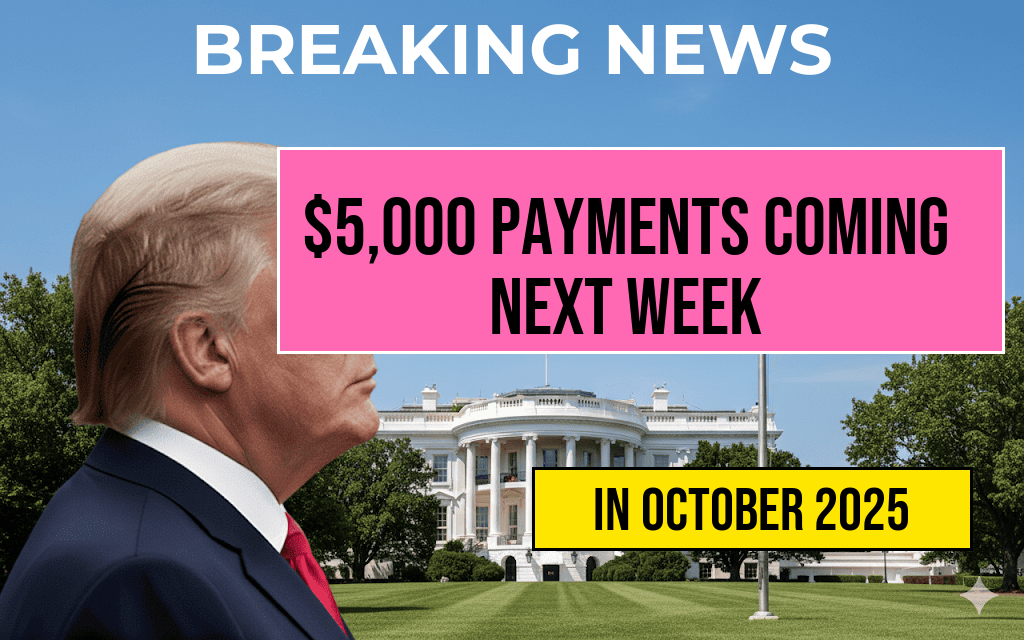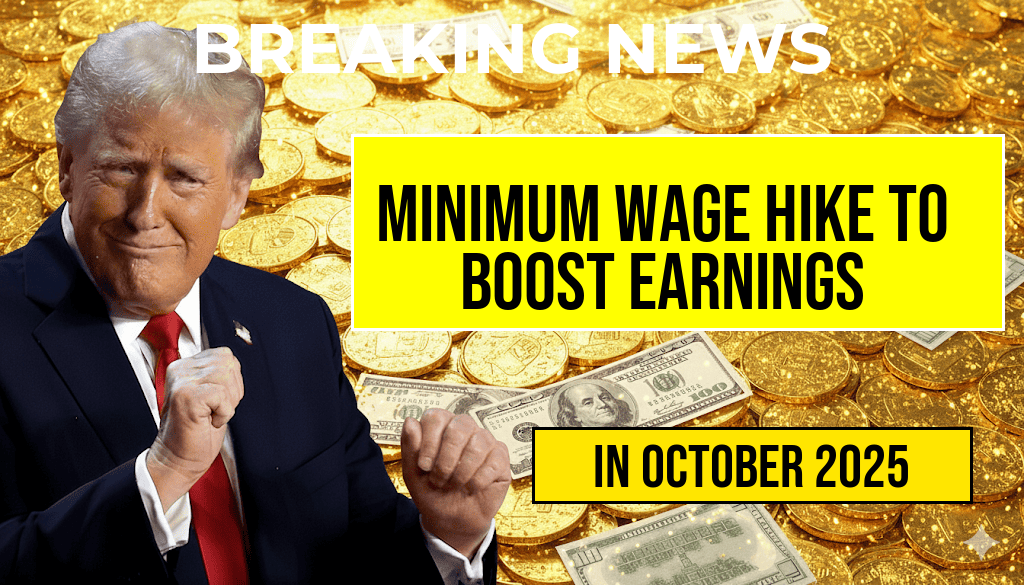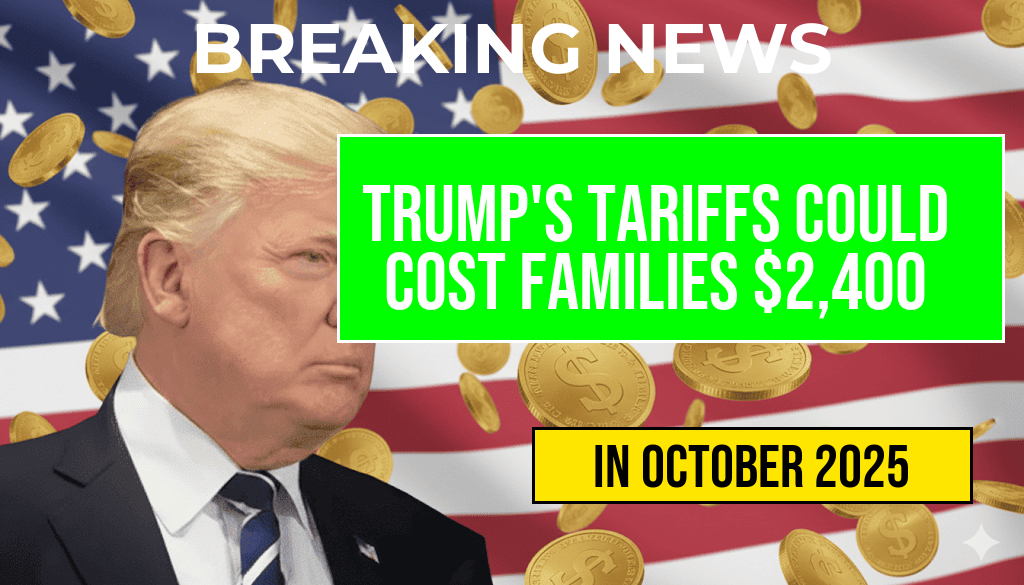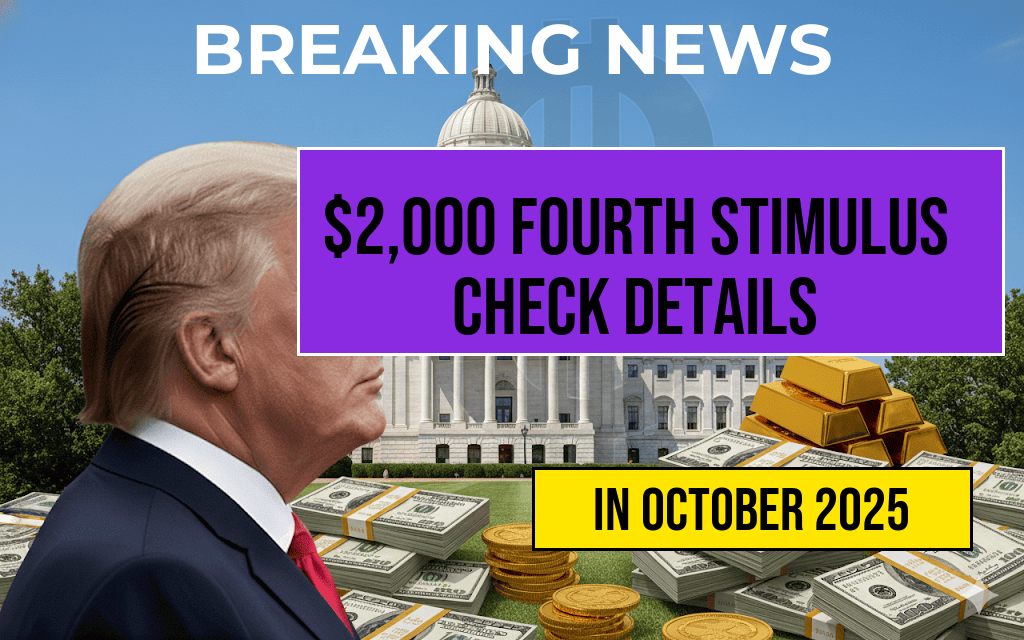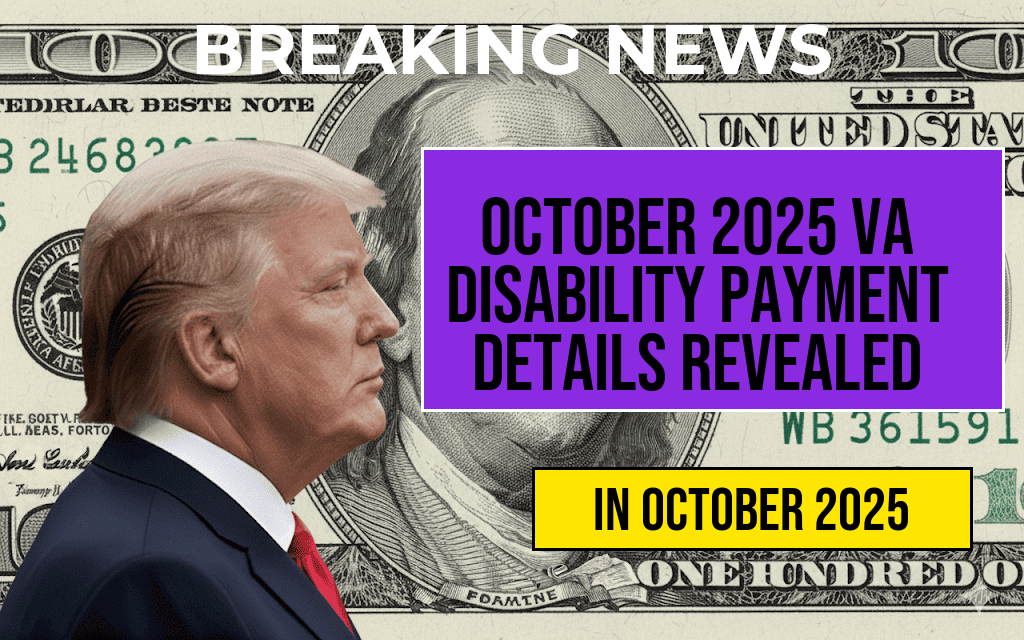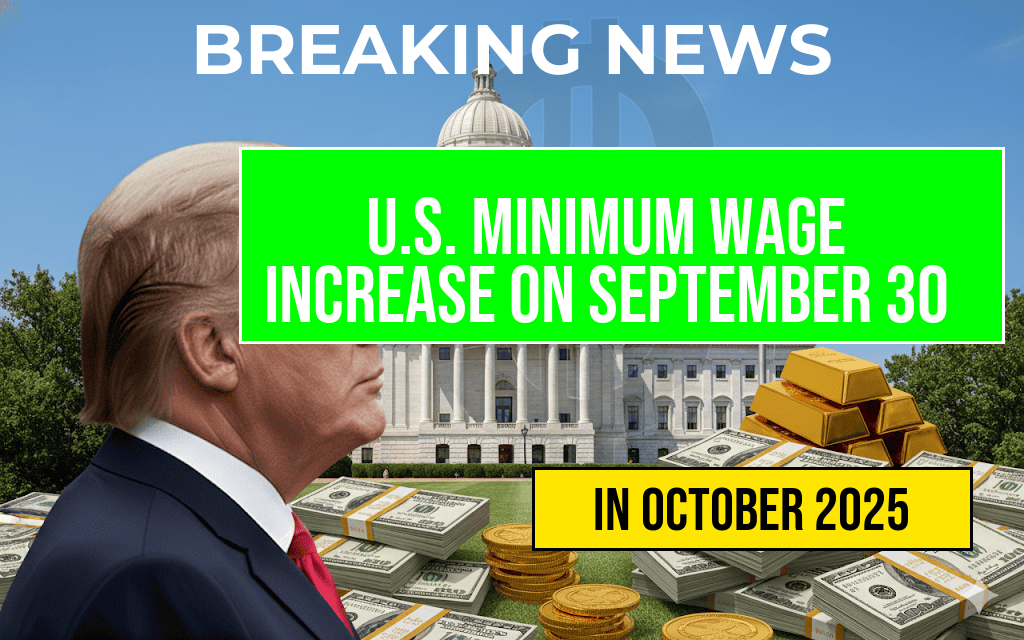The economic implications of former President Donald Trump’s tariffs are becoming increasingly evident, with recent analyses suggesting that American families could face an annual financial burden of approximately $2,400 due to what is being termed the “Turbulence Tax.” This figure, derived from a comprehensive study by the Tariff Tracker initiative, highlights the stark reality of how import duties on goods, particularly from China, are affecting household budgets. As consumers grapple with rising prices on everyday items, understanding the breakdown of this tax is crucial for assessing its impact on middle-class America.
The Rationale Behind Trump’s Tariffs
Initially implemented to protect domestic industries, Trump’s tariffs were designed to counter what the administration viewed as unfair trade practices by foreign nations, particularly China. The goal was to stimulate American manufacturing and reduce the trade deficit. However, as these tariffs have taken effect, their repercussions have extended far beyond the corporate sector, reaching the pockets of ordinary consumers.
How the Turbulence Tax Works
The Turbulence Tax refers to the additional costs that households incur as a result of increased prices on imported goods. Tariffs are essentially taxes imposed on foreign products, which means that when these products enter the U.S. market, consumers are often left to absorb the costs.
- Consumer Electronics: Tariffs on electronics have led to higher prices for devices like smartphones and laptops.
- Clothing and Textiles: American families are paying more for clothing, with tariffs impacting retailers who import apparel.
- Household Goods: Everyday items such as furniture and kitchen appliances have also seen price increases due to tariffs.
Breaking Down the Costs
According to the Tariff Tracker’s findings, the estimated average annual cost of $2,400 per family is attributed to a variety of factors. The following table outlines the primary areas affected by these tariffs:
| Category | Estimated Cost |
|---|---|
| Consumer Electronics | $600 |
| Clothing and Textiles | $400 |
| Household Goods | $500 |
| Food Products | $300 |
| Automotive Parts | $600 |
Long-Term Economic Implications
The long-term consequences of these tariffs may extend beyond immediate price hikes. Experts warn that sustained tariffs could lead to a decrease in consumer spending, which is a significant driver of the U.S. economy. As families adjust their budgets to accommodate higher prices, discretionary spending may decline, potentially affecting economic growth.
Political and Economic Reactions
Reactions to the tariffs and their economic impact have varied widely. Some lawmakers argue that the tariffs are necessary for protecting American jobs and strengthening national security. Others, however, contend that the financial burden on families outweighs the benefits of such policies.
Consumer Sentiment
Recent surveys indicate that many Americans are feeling the pinch from rising prices. According to a poll conducted by the Pew Research Center, a significant percentage of respondents believe that tariffs have adversely affected their household budgets. This sentiment is echoed in discussions across social media platforms, where consumers express frustration over increasing costs.
Alternatives to Tariffs
As the Biden administration navigates trade policies, discussions about alternative strategies are emerging. Experts suggest that investing in domestic manufacturing and enhancing trade agreements could provide a more balanced approach, potentially alleviating the financial strain on American families.
Future Outlook
The future of tariffs in U.S. trade policy remains uncertain. As inflation continues to challenge households, the conversation around tariffs and their economic impact will likely intensify. Policymakers face the daunting task of finding a solution that protects American interests while minimizing the financial burden on families.
For further information on the economic effects of tariffs, visit Forbes and Wikipedia.
Frequently Asked Questions
What are Trump’s tariffs and how do they affect families?
Trump’s tariffs are taxes imposed on imported goods, which can lead to increased prices for consumers. Families may see their annual costs rise by an estimated $2,400 due to these tariffs, often referred to as the ‘Turbulence Tax’.
What is the ‘Turbulence Tax’?
The ‘Turbulence Tax’ is a term used to describe the financial burden placed on families as a result of tariffs. It reflects the increased prices on everyday goods and services due to these trade policies.
How do tariffs impact the prices of everyday goods?
Tariffs increase the cost of imported goods, which often leads to higher retail prices. This affects a wide range of products, including food, clothing, and electronics, ultimately adding to the financial strain on families.
Who is most affected by the increased costs from tariffs?
Low- and middle-income families are particularly affected by the increased costs from tariffs, as they spend a larger portion of their income on consumer goods. The $2,400 increase can significantly impact their budgets.
Are there any alternatives to tariffs that could reduce costs for families?
Yes, alternatives such as negotiating trade agreements or reducing reliance on tariffs can help keep consumer prices lower. Fostering better international relationships may lead to reduced costs for families without the burden of tariffs.

